
IN CONVERSATION WITH SOPHIE THATCHER
Sophie Thatcher, best known for her role in the critically acclaimed series…
Photography by Jason Renaud; Interview by Louise Garier
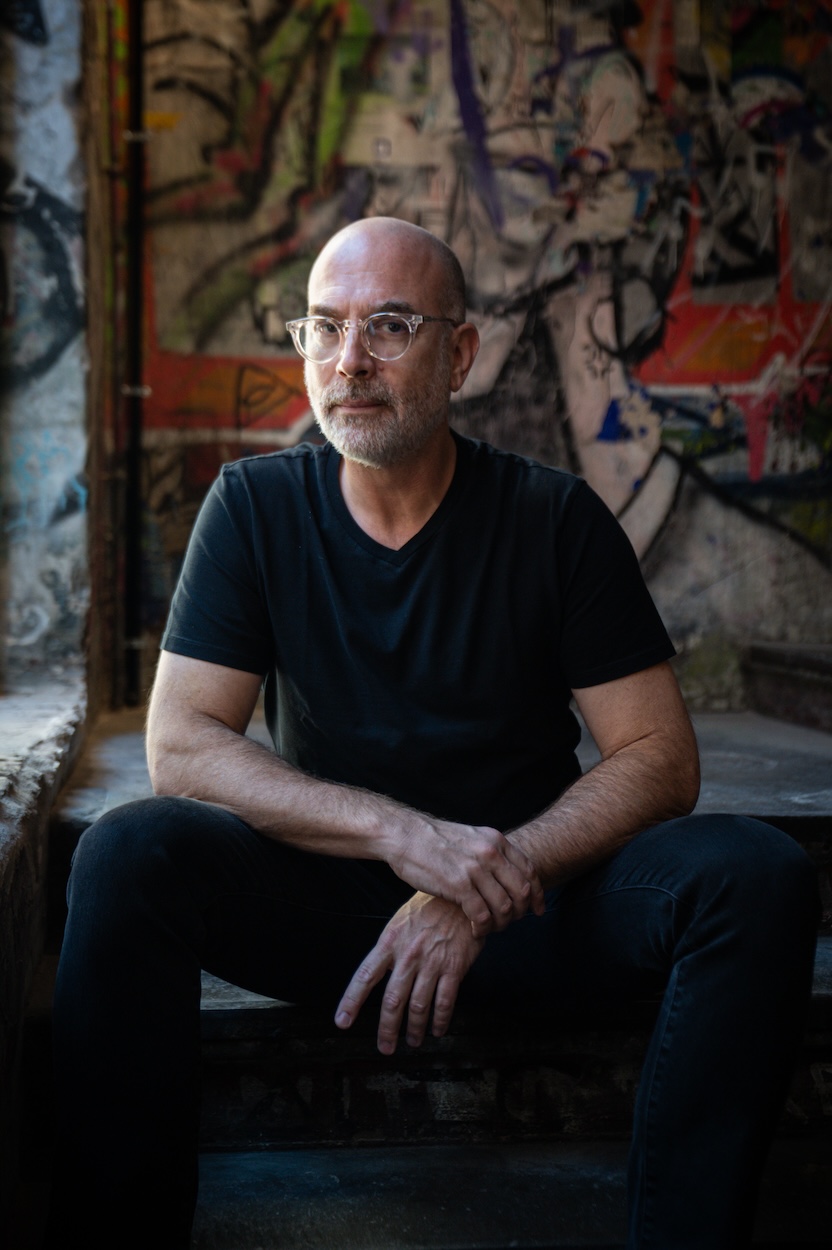
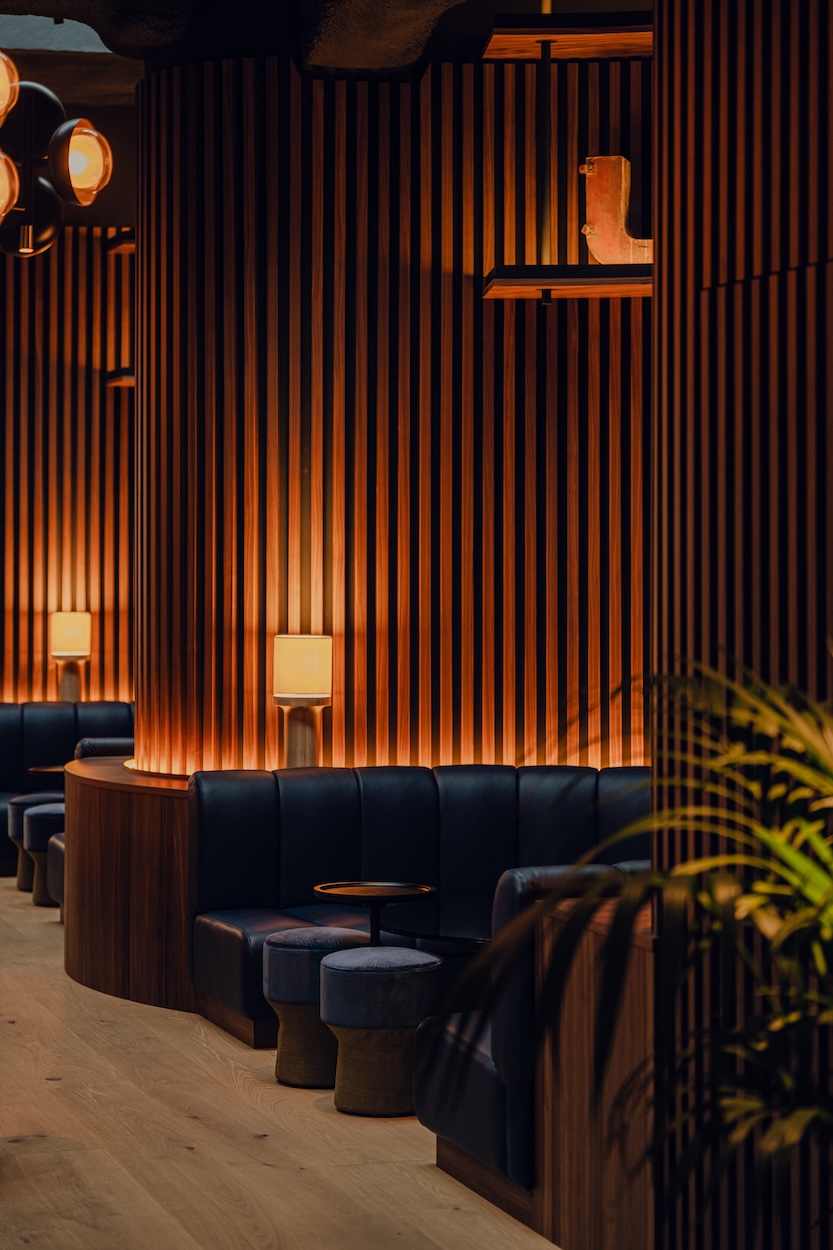
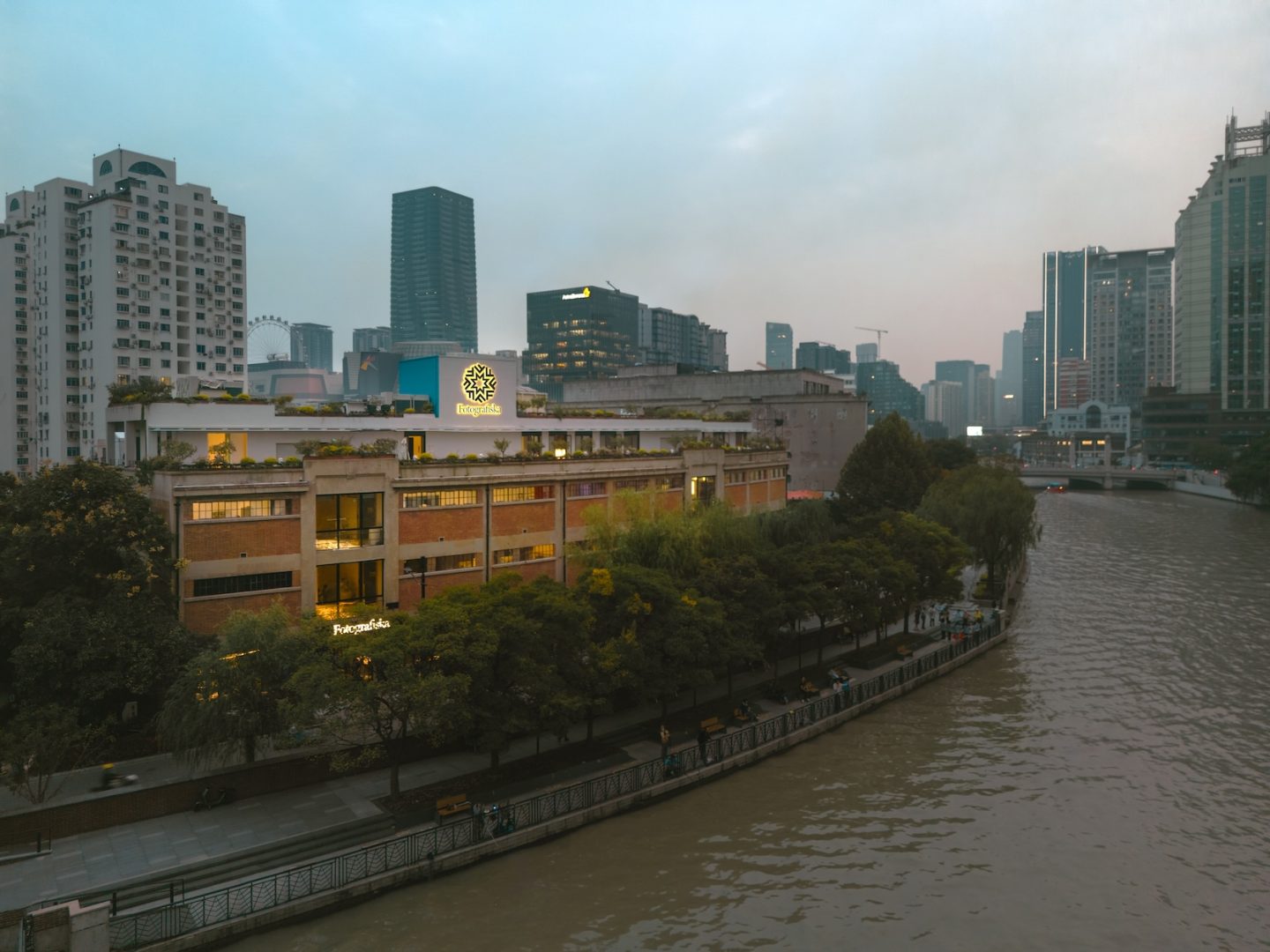
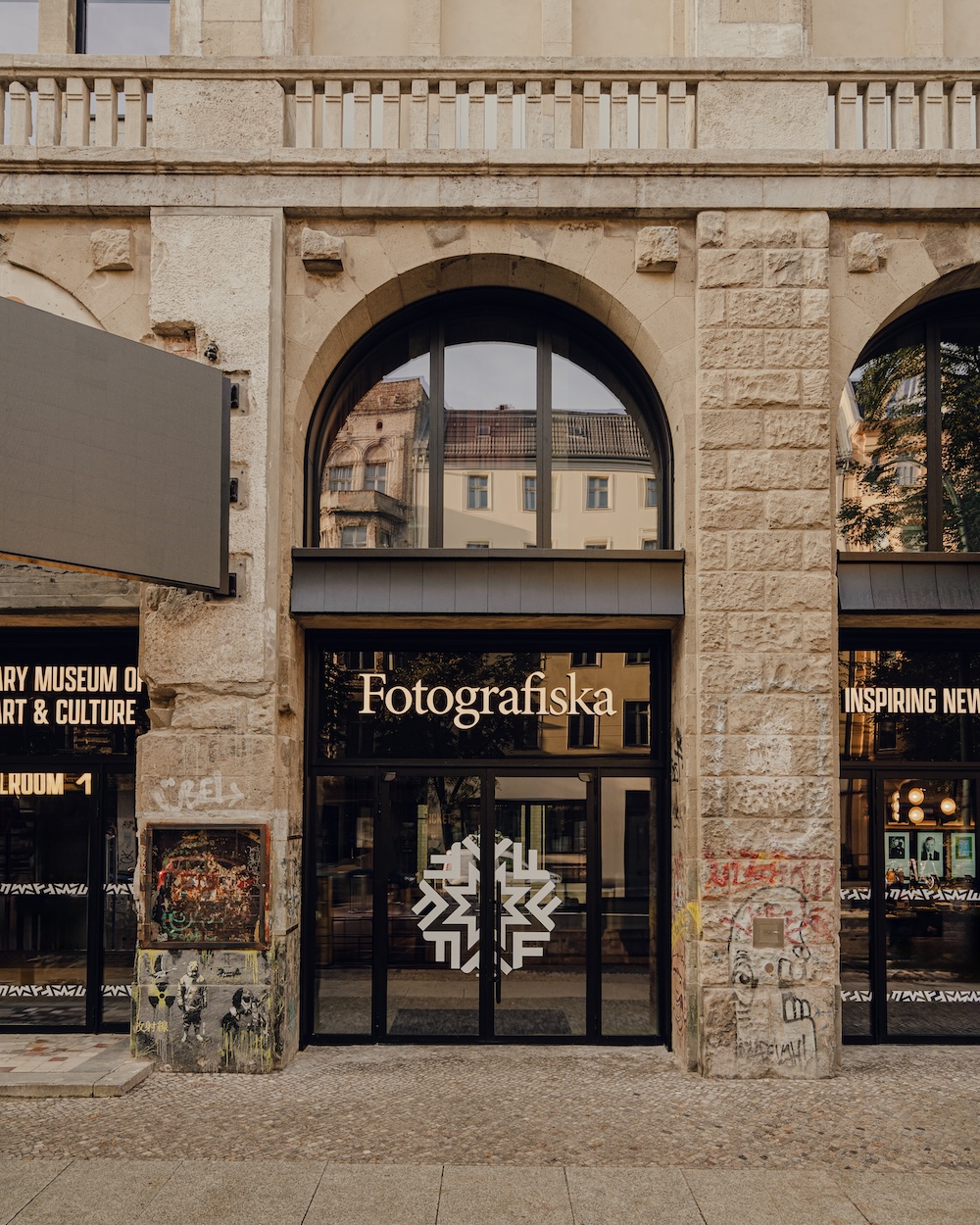
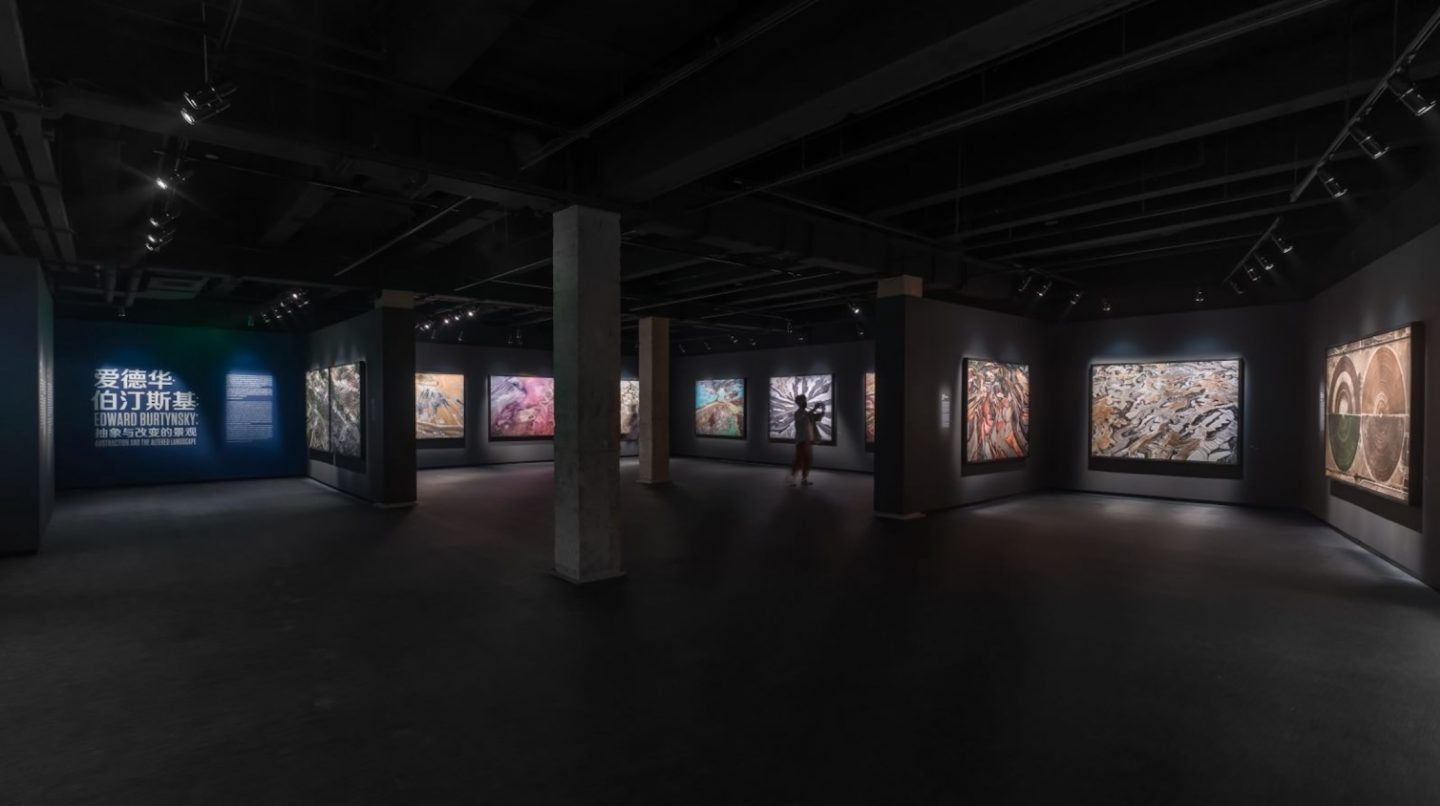
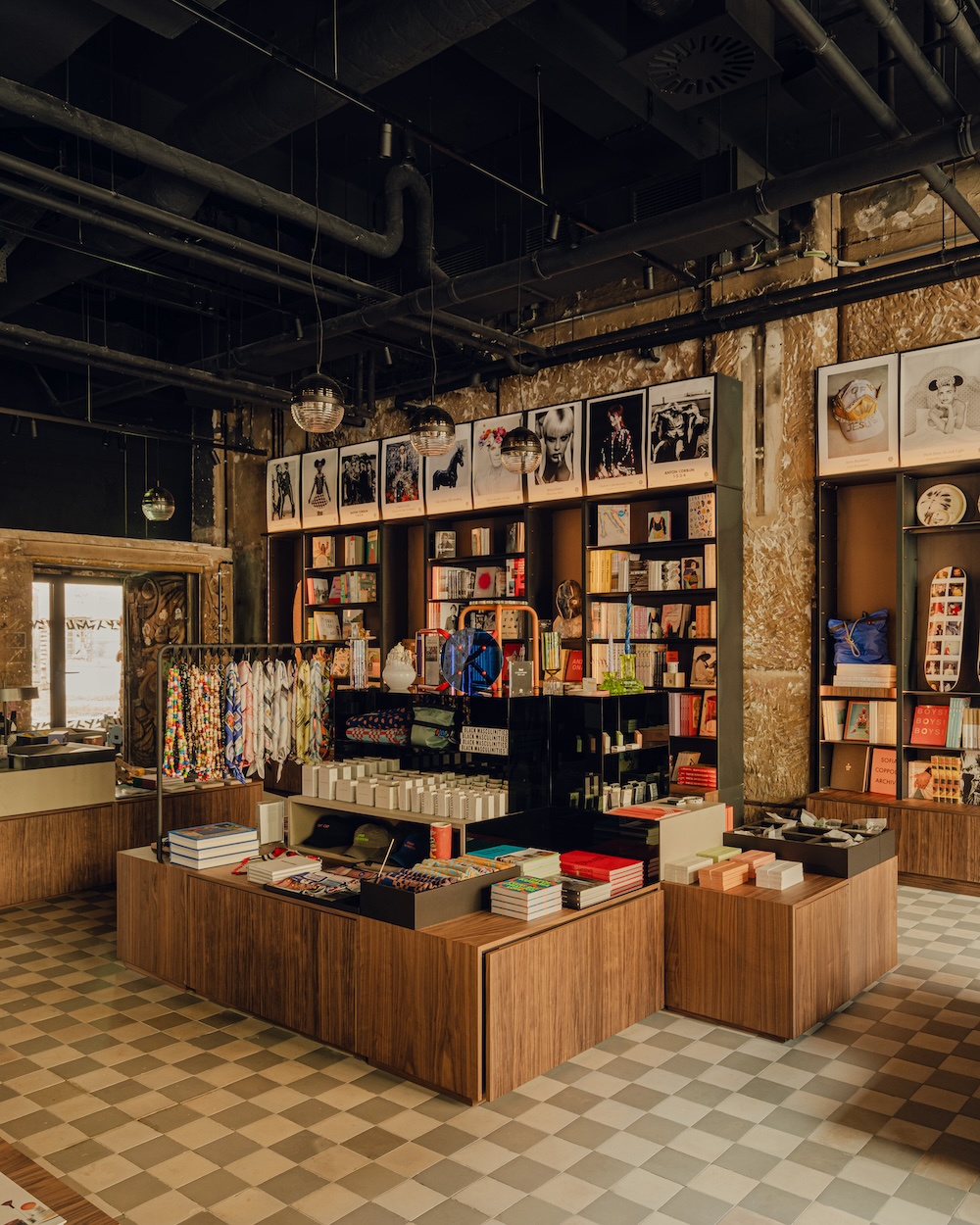
Fotografiska, the Contemporary Museum of Photography, Art and Culture is shaking up the traditional concept of a stuffy museum by bringing in quality dining, programing, music, dance, and concept store retail offerings. It aspires to be an inclusive “third place” providing a social and cultural experience marked by world-class hospitality, a dynamic sense of community, and compelling exhibitions platforming underrepresented groups.
I talked to cultural investor Yoram Roth about the opportunities and challenges of opening in Berlin and Shanghai back-to-back, making museums fun again, dating and nightlife being a gateway to art, and the difference between membership and community.
I think it’s fair to think of Fotografiska as an art center, as a Kunsthalle, we use the word “museum” for those who don’t speak art world or for those who don’t speak German, because it summarizes what you can expect. You’re going to a space and you’re going to see art. Fotografiska is a Swedish adverb; it means photographic in nature. Fotografiska is, at its core, a space where we exhibit photography. We show every genre of photography, from documentary work to fashion to fine art and so on. And we work with some of the best known names, including Miles Aldridge, Sarah Moon, Annie Leibovitz, David LaChapelle, but also emerging talent that may not have even had a gallery show, let alone an exhibition at a museum.
And by being deadly serious about photography and by mounting these really remarkable exhibitions, we get to have fun with everything else around the topic of showing work and being a museum. You can have a glass of wine during the exhibition and walk around and talk with friends about art and are invited to have an opinion. Among other things, that’s how we differ from other museums – the ICOM definition of a museum is that it is an educational, not-for-profit institution, so traditional museums see their mission as providing an educational experience. We aim to provide a cultural experience, and fulfill our educational role through interesting programing, conversation-starting artist talks, hands-on workshops, and many other offerings which cultivate a dynamic exchange with our community.
I think that comes from me having owned hotels and restaurants. I don’t see people as visitors – I see them as guests. So, the entire way that we build Fotografiska is to ensure that people have a really positive experience. That begins with putting on really compelling exhibitions. But then, by also having a glass of wine, having a bite, having a meal, having great programing, and being open hours that work for everybody, not just school kids or pensioners or tourists.
In 2010. I invested in it in 2016 and led the global expansion to take it to other fun, culturally vibrant cities. We opened in New York and Tallinn in 2019, and Berlin and Shanghai this year.
Thank you.
I feel genuinely, deeply… How do I feel? Really, deeply proud. On some small level, underappreciated. I really don’t think people understand how hard it is to open a museum. It takes years and years. Opening two museums within six weeks is an incredible feat. And the team has done a remarkable amount of work.
Fotografiska Berlin is especially important to me; it’s my hometown so I felt a lot of eyes on me and wanted it to be the best possible version that reflects our city. It needed to fit into the cultural landscape, but be a step forward. The old Tacheles building could have easily been a simple beatification of the past. I remember in the 1980s, the people that had been part of the Haight Ashbury in San Fran glorifying the old acid days, and that kind of Gen X version of a throwback driven by a bunch of old white guys felt wrong for Berlin.
And Shanghai, to stand there – the physicality of the building, the way it flows, you’re just in it and you’re like, holy shit, this is awesome. It’s really the best. It’s big and the layout is great. The restaurant is going to be on the ground floor. The top floor has this chill lounge. The exhibition spaces are big and generous and breezy and great. And you have these staircases that we can repurpose, we can put cushions down on them where we can have little talks, but we also have big event spaces for hundreds of people. It’s in a great location and I hope it works, let’s see what happens.
I think the challenge is getting our Chinese audience turned on to the idea of membership. I mean the fact that they can come to the museum, that they can come back, that they can join us, that they can be part of this community if they want to. There are no membership clubs in China, so this is really new to them. It’s not core to our business there, but it’s an interesting thing that we’re going to have to turn people on to.
Being in one of the most exciting cities in the world with some really incredibly well-educated young people that really don’t have a lot to do. You know, unlike New York or Berlin, which have incredibly deeply rich cultural offerings.
We have a Stockholm situation, where there is a really smart young audience that has some money to spend, but there are not a lot of options in terms of culturally-driven events or places. And we’re offering them great food, great music, great art. They get to see art that really feels like theirs; we’re not plying them with the usual suspects. I think it’s a whole new approach to how China interacts with culture or commerce. It’s not this hard sell. It’s like we’re here and we’re pretty cool and if you want to come hang out, you can.
Right. You know, that leads to another point, which is that people are actually looking for a third place. It’s a phrase we’ve heard a lot. I think the third place is important. I don’t think there’s a third place, but there are places that feel like it’s yours and you can come back to it often enough. There is home and there is work. But, where else can you go? Where else can you build a community? People who have moved cities might know 2 or 3 people from the old town, 2 or 3 people from work. How do you make new friends once you’re out of college? Where do you find a community of like-minded people who are culturally curious, on a career track, like to travel, and have the same interests that you have? They’d like to find a partner, they’d like to make new friends. They like to go out to eat. To be part of that community, whether that is around spirituality, whether that’s around business, or whether that’s around the arts, there’s a number of places. And people join multiple clubs. Fotografiska has certainly become a place where people find that kind of community for themselves.
It is. These words often get used interchangeably. Membership matters because you can opt into it, you buy it, and you’re a member. But membership is very much about what you can get out of it – like a discount or access – while community is very much about what you can contribute to it – like giving a talk, doing a workshop, or putting on an event. I think that is a really powerful thing. Fotografiska is a community. You can never force it. You can only seed it and hope it happens. But, so far, we’ve been successful in seeding it and making it happen. There is a membership community around Fotografiska that has a real sense of engagement and ownership around it. People feel like it’s their place. They like the other people here. They like to come here after work and be part of an artist talk, meet friends for drinks or dinner or a club night.
Yes. Summer nights at the Hamburger Bahnhof were really awesome.
I think the people who invented it is MoMA PS1, who already since the mid-90s has been doing incredible programing. I love it. I think it’s great. I hope every museum finds their way there. We don’t compete with any museum. We compete with TikTok and with the Xbox and with Netflix. We have to get people off the couch. We’ve got to get them out. I think being open late is so important. But it’s a tough move for most to make because they’re not staffed for it, their spaces aren’t built for hospitality. The Tate in the late 90s during the early dot.com days had a great Young Collectors night, which was really basically just a giant, fun, dating party.
We are a very important Bumble destination. Look, it’s a great way to meet and spend time with somebody new whom you don’t know; if you can walk around an exhibit with a drink and get them to talk about art, you very quickly have an insight into who they are and how they think about the world.
You know, if Berghain can show art, why can’t museums put up a DJ?
Right.
Yes. And I think that’s an important move. I think we’ve gotten very ivory tower about our institutions. It’s certainly important to give them the respect that they’ve acquired over the hundreds of years and really honor what they’ve accomplished. But it’s also okay to let people just come in and enjoy themselves. There’s a snobbism about people who do selfies but that doesn’t help anybody. I think people can be genuinely culturally curious and take a selfie to let other people know about something really cool and cultural. Those two are not mutually exclusive.
It’s important to finish that thought. I think it’s important for other museums to get off their high horse and let people come enjoy themselves at a time of day that makes sense for them.
“One of our core values is inclusivity. We have a great opportunity here at Fotografiska to mount shows that are a little bit out of the purview of the traditional fine art museum, which is group shows like 50 Years of Hip Hop, because that really becomes a gateway for people for the first time to come to the museum and feel like they’re entitled to have an opinion, like they’re welcome to be there and to make it theirs. That’s pretty cool. That’s been really fun.”
Right. I think photography is a gateway to art because since the introduction of phones with cameras, we’ve gotten to a point where we all have thousands of terrible photos on our phone and we’ve come to learn that it is, in fact, a craft. It takes a point of view, it takes experience. And, ultimately, it takes taste to make an image. What I have found is that when you put people in front of a really great photograph, the first thing they say is, “Oh my God, I could have never done that.” As opposed to people in front of contemporary art, who might dismiss it with, “My five-year-old could have done that.” Of course, their five-year-old couldn’t have, but photography tends to elicit the exact opposite reaction.
Well, it’s great that we opened in Berlin with a number of emerging artists as part of our Nude group show, multidisciplinary artists, and creators who live on that intersection of being a musician and DJ. There’s videos, sculptural work, and of course there’s outstanding photography.
It’s not a pivot. We just wanted a phrase that reflects us better. We’re still doing what we’ve always done, we just finally found a sentence that describes it.
The emphasis is on “contemporary museum,” on rethinking the idea of a museum. But, yes, we do want to put on music. We do want to have concerts. We do want to have DJs spin. We do want to have dance.
We’re very pleased to take the building formerly known as the Tacheles and fill it with art and culture once again. The city granted us the use of the building because they wanted to reinvigorate a very central neighborhood that had grown quiet after C/O Berlin lost its lease up the street. We bring hundreds of thousands of visitors a year, whereas high end galleries don’t, and neither do small artists’ studios.
Right. We definitely skew young. We also target a younger audience. Our average age visitor in Stockholm is 31 years old. We think it’s roughly the same in New York and in Berlin. I think in Shanghai, we may skew even younger. We think our core audience is like 28 to 40. I think once people have kids, they get sucked into that maelstrom.
Right. They’re happy to have an art experience, but they’re not necessarily interested in buying art. I think there’s a dismissal in the art world for a younger audience because the museum people don’t see them that often so they think they’re not serious, and the gallerists don’t really engage with them much because they don’t have the buying power that a gallerist might be interested in. But, they are, in fact, a real art crowd. And it’s a joy that they’re spending their time at Fotografiska.
I’m glad Veronika works. It has instantly become the most popular restaurant in Berlin, especially with the culture crowd. I was actually more nervous about the restaurant than the museum. Berliners know art, but a great dinner in a sexy space with elegant service is still rare. I didn’t want another clever high-concept place with a lot of adjectives around weird dishes, just a really great meal that leaves room for the people you’re with rather than demanding the diners’ attention.
I don’t know, I’m about to totally reinvent Clärchens. Stay tuned. All I can say is the queen is dead. Long live the queen.
Yeah, it’s kind of breaking news; we haven’t told anybody. Stay tuned. Clärchens will reinvent itself throughout 2024. There will be a big moment in September when we do the final reveal. The big news is that it’s the same team that created Veronika, so expect something special.
In the sun. To answer that question seriously, as an entrepreneur, in 2016, 2017, I tried a couple of things; you put your irons in the fire to see which one happens and they all happened. And it turned out to be a lot more work than I can realistically handle. But, I have built a team around me that can take on a lot of that responsibility with me, and I’m grateful for those people because I wouldn’t be able to do it all by myself. And having a global business like Fotografiska or a local institution like Clärchens Ballhaus, that almost every Berliner feels like they emotionally have a stake and an ownership in, requires a very deft hand, something in German we call Fingerspitzengefühl. But I only have ten fingers.

Sophie Thatcher, best known for her role in the critically acclaimed series…
Photography by Jason Renaud; Interview by Louise Garier

FOTOGRAFISKA X LML Adina Bier, the curator and innovative force behind the museum…
Photography by Sascha Rebrikov Interview by Louise Garier

"We have to create something that has a purpose and is useful. And not forced by the…
Interview Carolin Desiree Becker